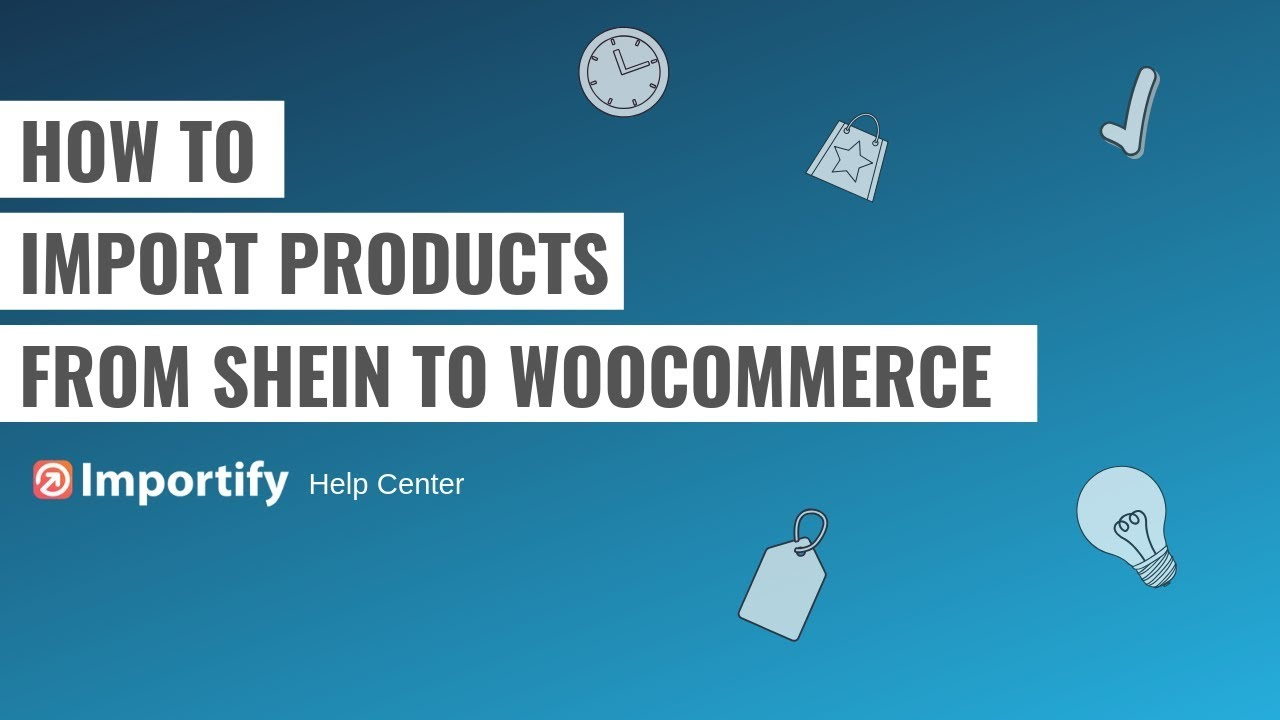Shein dropshipping with shopify – integration options and best practices
Dropshipping has become a popular business model for online store owners looking to expand their product offerings without the hassle of inventory management.
One of the key players in the dropshipping market is Shein, a leading fashion retailer known for its trendy and affordable clothing options.
Integrating Shein dropshipping with Shopify can offer store owners a lucrative opportunity to tap into Shein’s extensive product catalog and reach a wider audience of fashion-savvy customers.
When it comes to integrating Shein dropshipping with Shopify, there are several options available to online store owners.
[read more at docs.cedcommerce.com]
By utilizing API connections or data feeds such as CSV, Excel, or XML, store owners can easily sync product data from Shein to their Shopify stores.
This seamless integration streamlines the process of adding new products, updating inventory levels, and managing orders, saving store owners valuable time and resources.
To ensure a successful integration, here are some best practices to follow:
– Choose the Right Integration Method:
Select the integration method that best suits your business needs and technical capabilities.
API connections offer real-time syncing capabilities, while data feeds provide a more manual but efficient way to manage product data.
– Optimize Product Descriptions and Images:
When importing product data from Shein to Shopify, ensure that product descriptions and images are optimized for SEO.
[get more info at thebusinessbuilders.com]
This will help improve your store’s search engine rankings and attract more organic traffic.
– Regularly Update Product Data:
Keep your product data up to date by regularly syncing with Shein’s data feeds or APIs.
This will ensure that your customers have access to the latest product offerings and accurate inventory levels.
– Monitor Performance and Analytics:
Track the performance of your Shein dropshipping integration by analyzing key metrics such as sales, conversion rates, and customer feedback.
Use this data to make informed decisions and optimize your dropshipping strategy for maximum profitability.
By following these best practices, online store owners can leverage the power of Shein dropshipping to enhance their product offerings, attract new customers, and drive business growth.
With the right integration tools and strategies in place, Shein dropshipping with Shopify can be a lucrative opportunity for aspiring e-commerce entrepreneurs in the competitive world of online retail.



